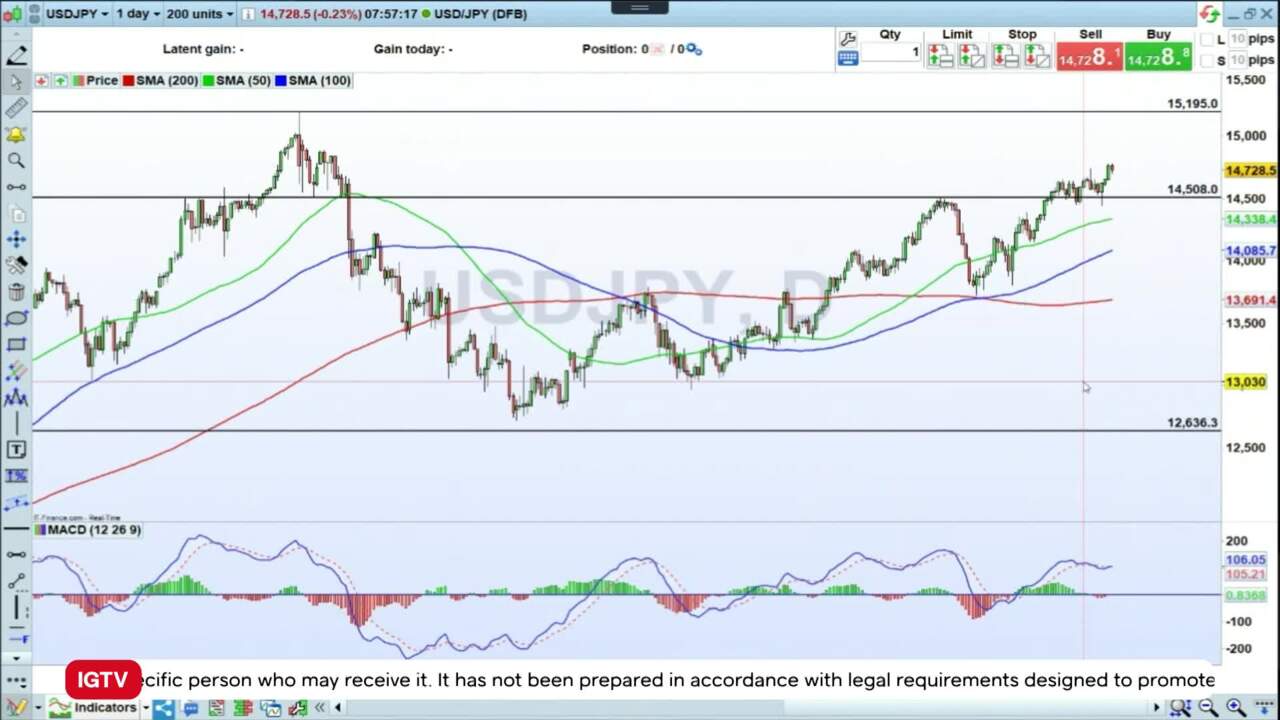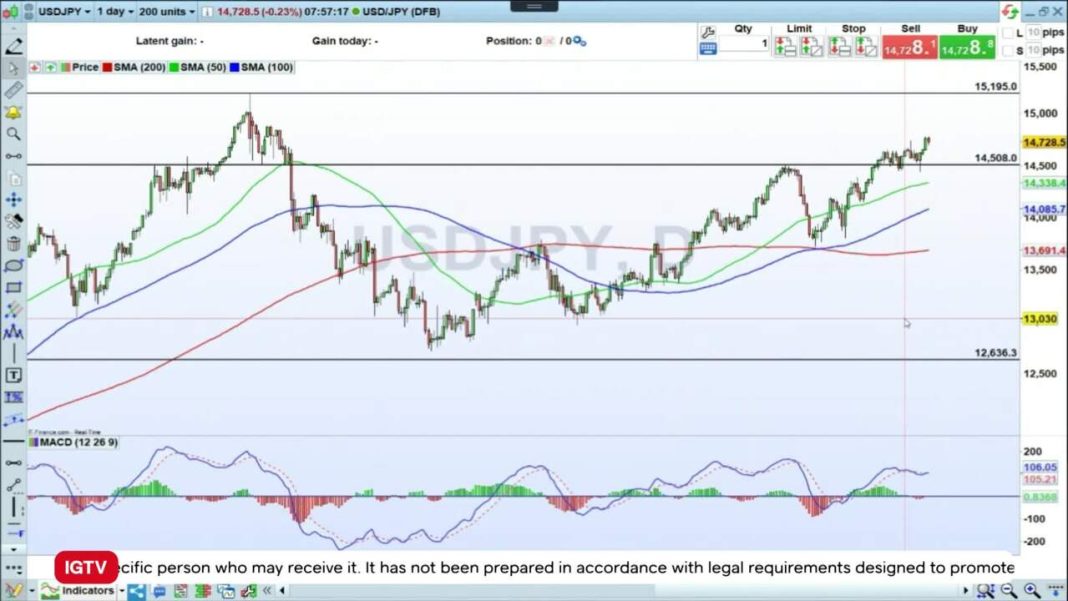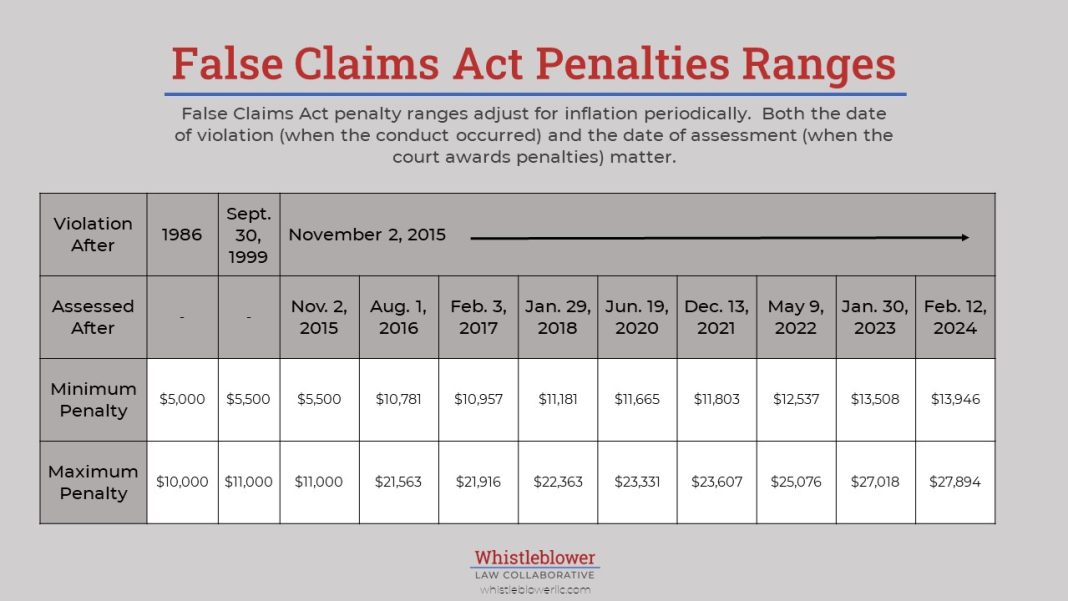 Japanese Yen Weakens, Raising Speculation of Currency Intervention
Japanese Yen Weakens, Raising Speculation of Currency Intervention
The Japanese yen has recently weakened to its lowest level against the U.S. dollar since December 1986. This has led to speculation that the Japanese government may intervene in the currency market to prop up the yen and limit the damage from the sharp decline. The USD/JPY exchange rate widened during the June 26 trading session, reaching as low as ¥160.66/$1.00. Year to date, the yen has slumped nearly 14% against the greenback, and over the past three years, it has lost about one-third of its value.
Impact on Japan’s Economy
The weakening yen has had several impacts on Japan’s economy. Import prices in the country have risen by nearly 7% over the past year, putting pressure on consumer finances and creating uncertainty for businesses. This has raised concerns among authorities and prompted them to closely monitor market trends with a sense of urgency. Vice Finance Minister Masato Kanda expressed serious concern about the yen’s rapid weakening and hinted at possible actions to address excessive movements.
Uncertainty Surrounding Currency Intervention
It is unclear at what level Japanese officials are waiting for to intervene in the currency markets. Analysts suggest that the yen bears are testing the nerves of Japanese officials to see what level will trigger a foreign exchange (FX) intervention. The comments from Kanda and other government officials indicate that they are prepared to take appropriate action if there are excessive currency fluctuations that negatively impact the national economy.
Previous Currency Interventions
This would not be the first time that the Japanese government has intervened in the currency markets. In late April, after the yen slumped to a 34-year low against the dollar, Japan spent over $61 billion intervening in foreign exchange markets. During this intervention, authorities sold yen and purchased other currencies like the U.S. dollar to stabilize its value. However, this intervention had no long-lasting impact, according to Jim Bianco, the president and founder of Bianco Research.
Outlook for the Yen
According to Michael Cahill, senior currency strategist at Goldman Sachs, the yen is likely to remain at these low levels over the next six to 12 months. The macro-environment is expected to continue weighing on the safe-haven currency, and the anticipated rate cuts by the U.S. Federal Reserve may not provide much support. If the U.S. economy proves more resilient than expected, and the Fed delivers fewer rate cuts in the future, the yen could weaken further.
Relationship between Yen and U.S. Treasury Yields
The relationship between the yen and U.S. Treasury yields is an important factor to consider. A weakening Japanese currency could drive U.S. bond yields higher. Japan is currently the largest foreign owner of U.S. Treasuries, holding over $1 trillion, which is significantly more than China. The Bank of Japan’s (BOJ) decision on whether to raise interest rates could also impact this relationship. One BOJ policymaker has advocated for an increase to prevent inflation from overshooting expectations.
Conclusion
The weakening of the Japanese yen against the U.S. dollar has raised speculation of currency intervention by the Japanese government. The impacts of the weakening yen on Japan’s economy have led authorities to closely monitor market trends and express concerns about excessive movements. Previous interventions have not had a lasting impact, and the outlook for the yen suggests it may remain at these low levels in the coming months. The relationship between the yen and U.S. Treasury yields is also important to consider, as a weakening yen could drive U.S. bond yields higher. The next BOJ policy meetings in July will provide more insight into the bank’s decision on interest rates.


